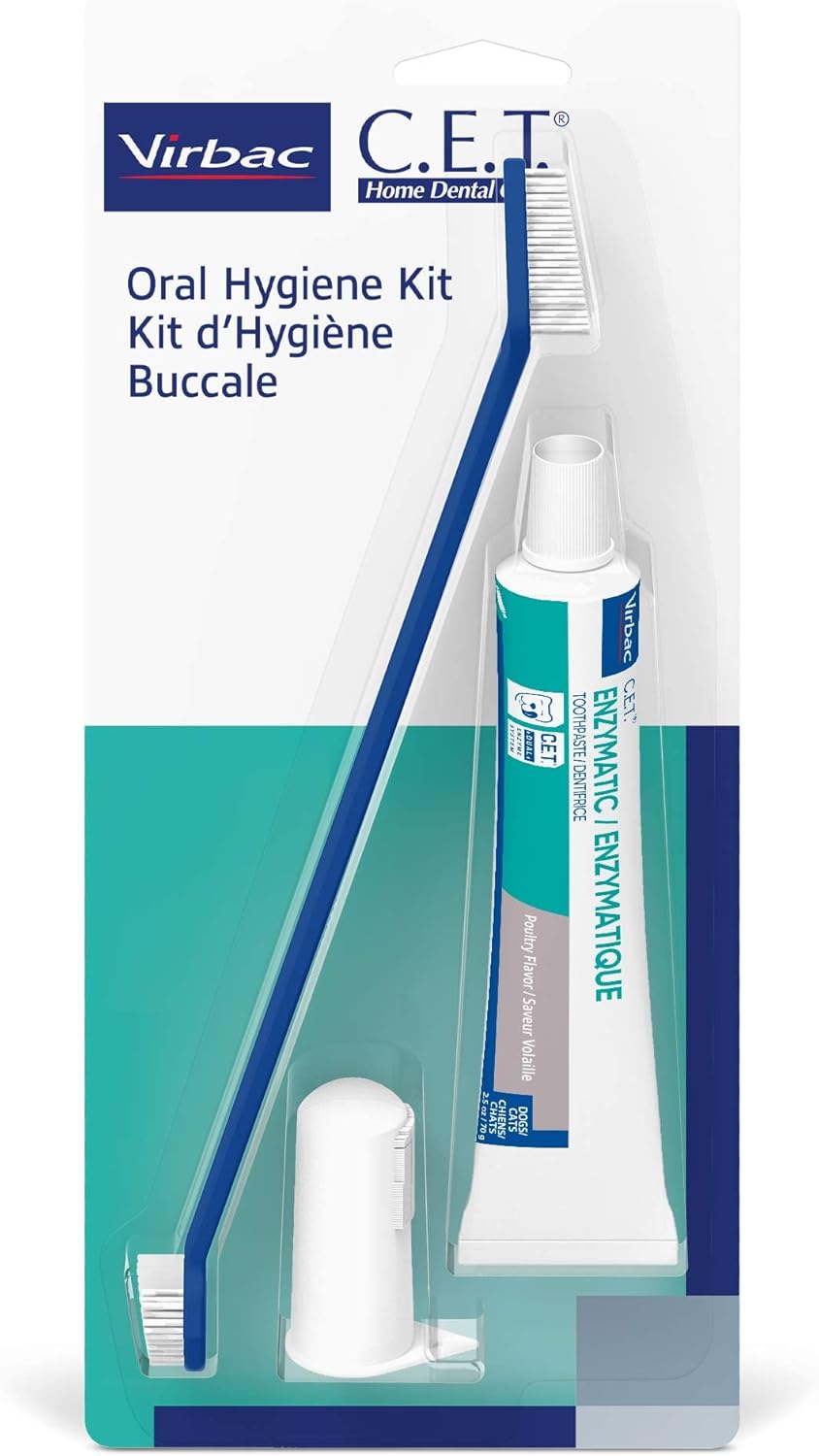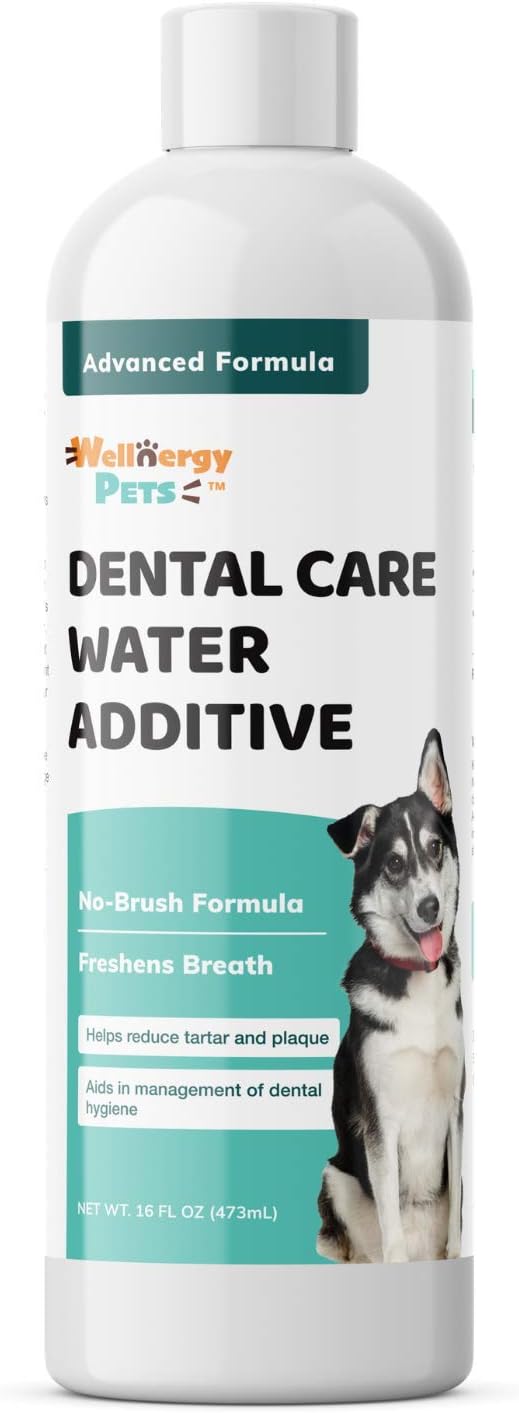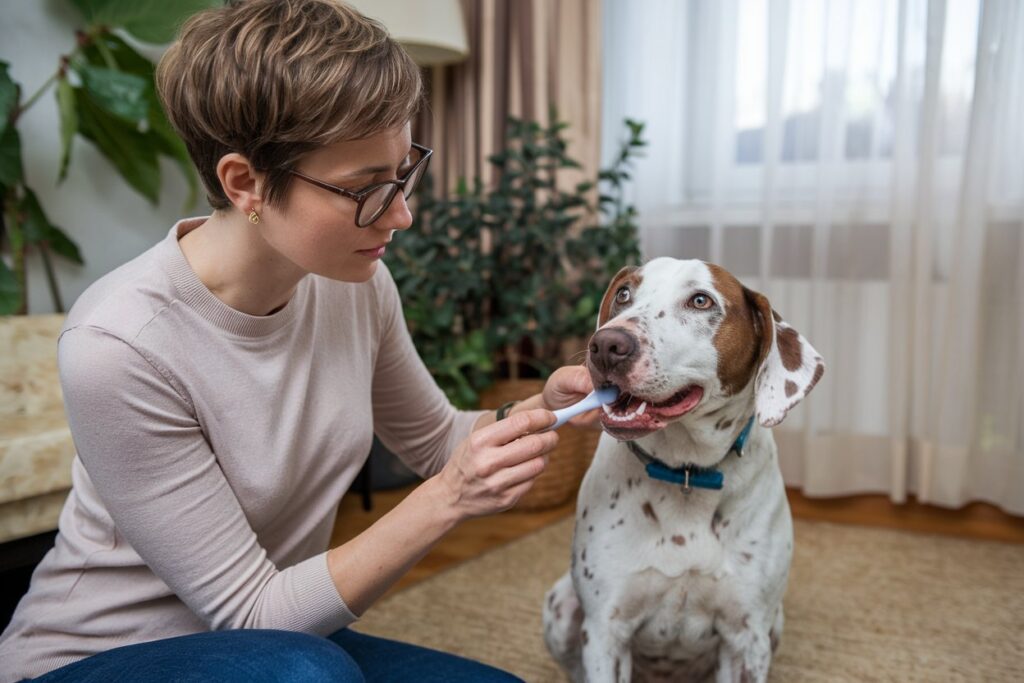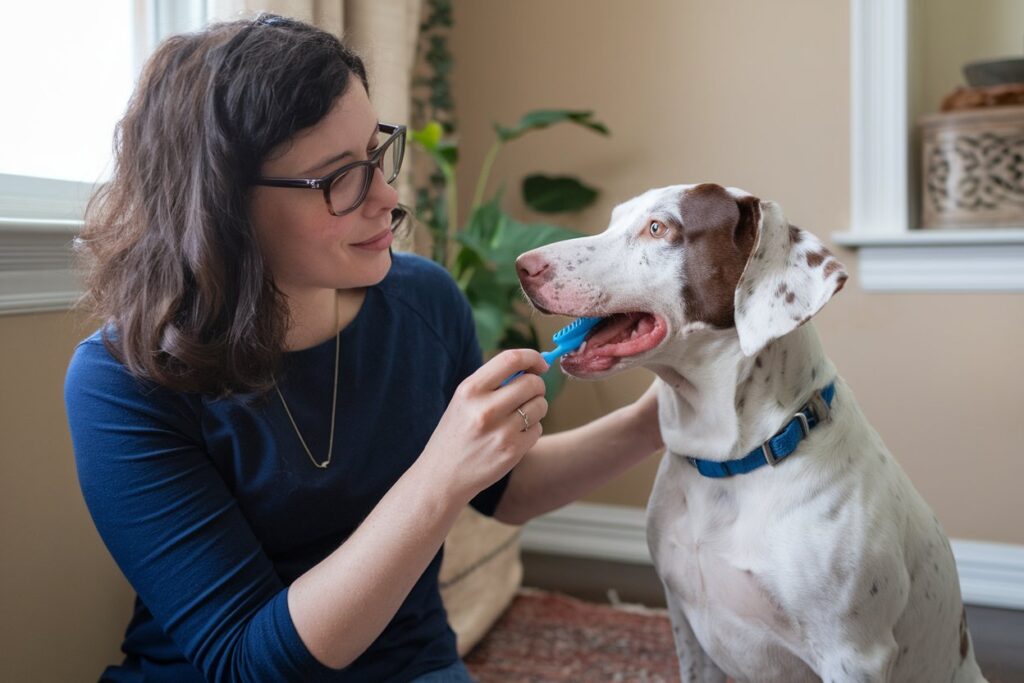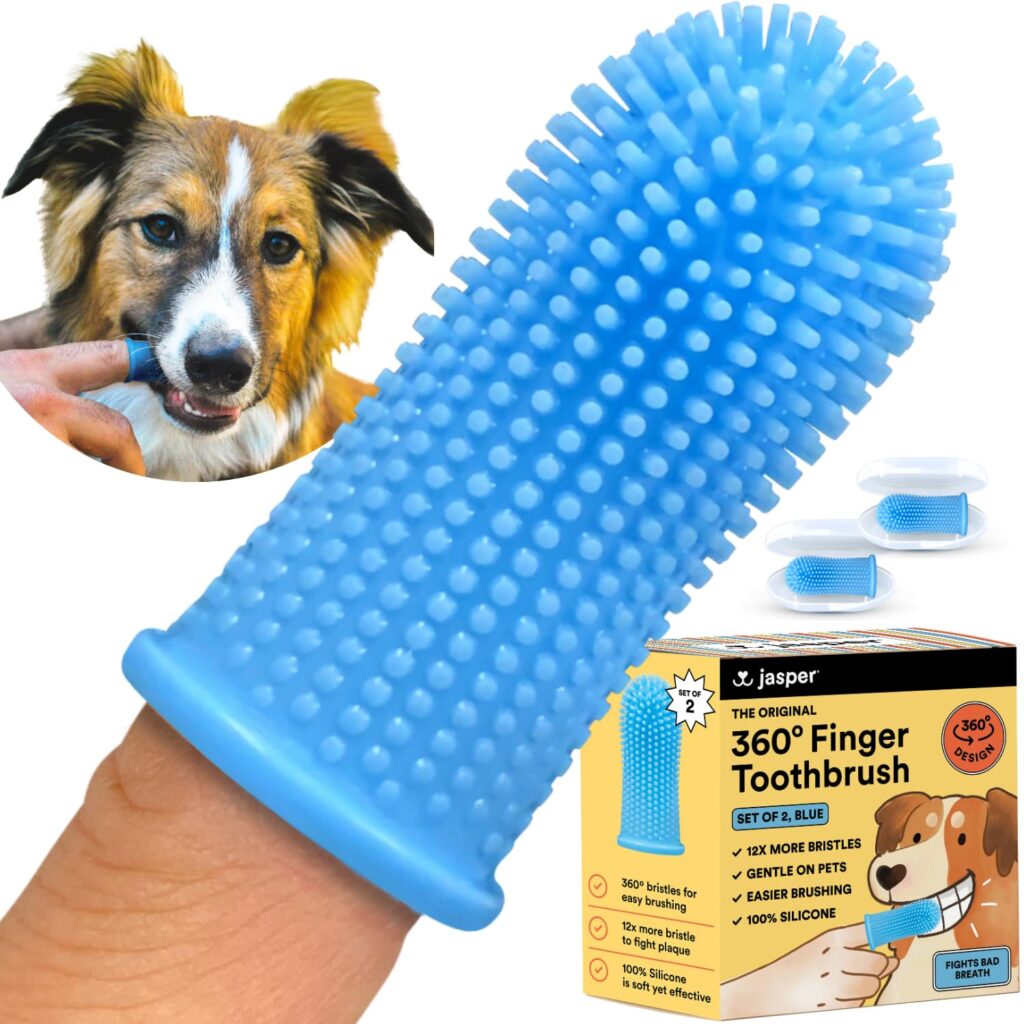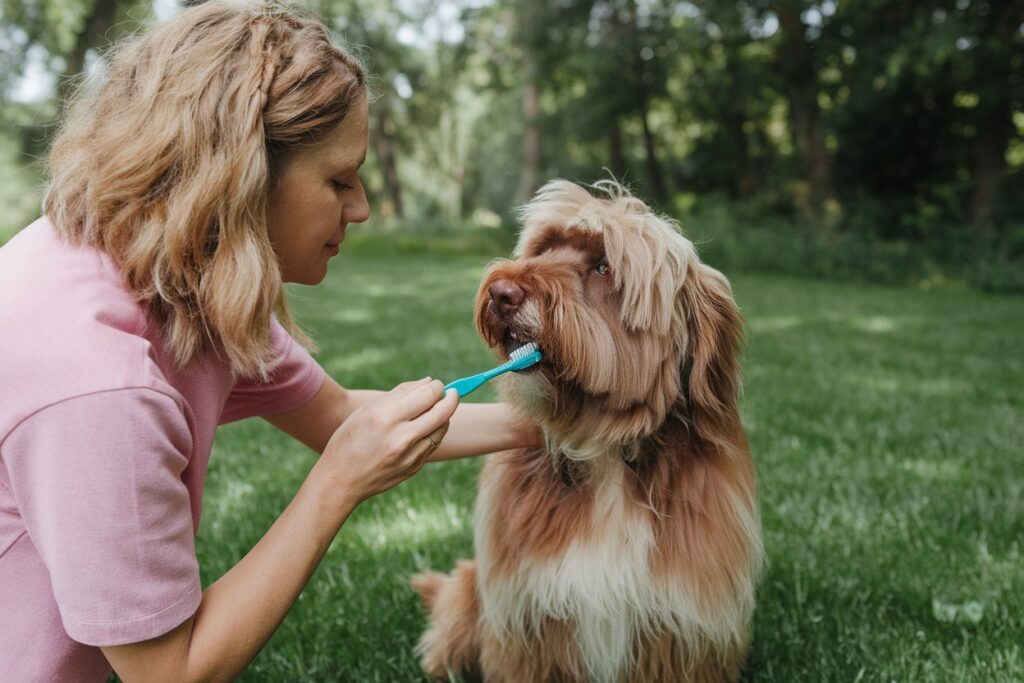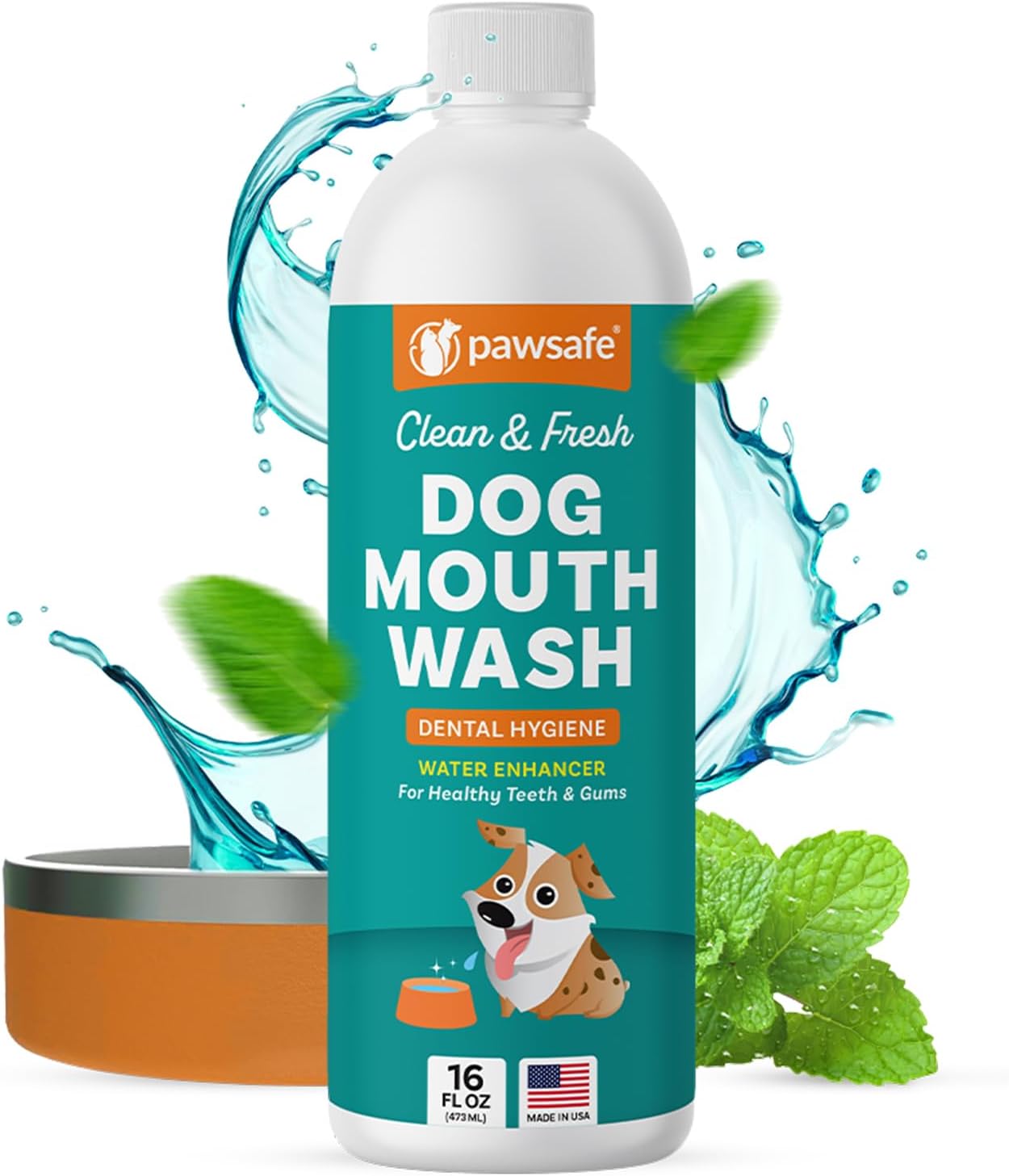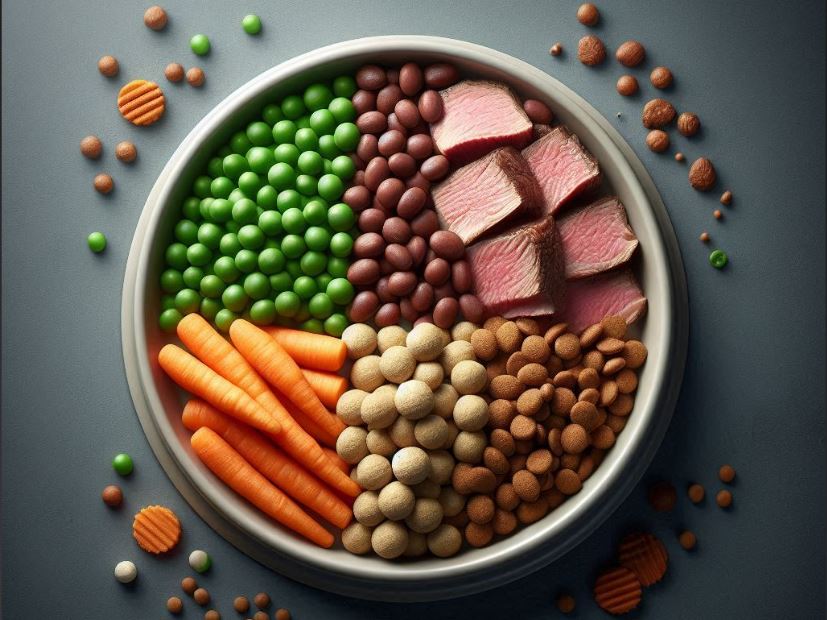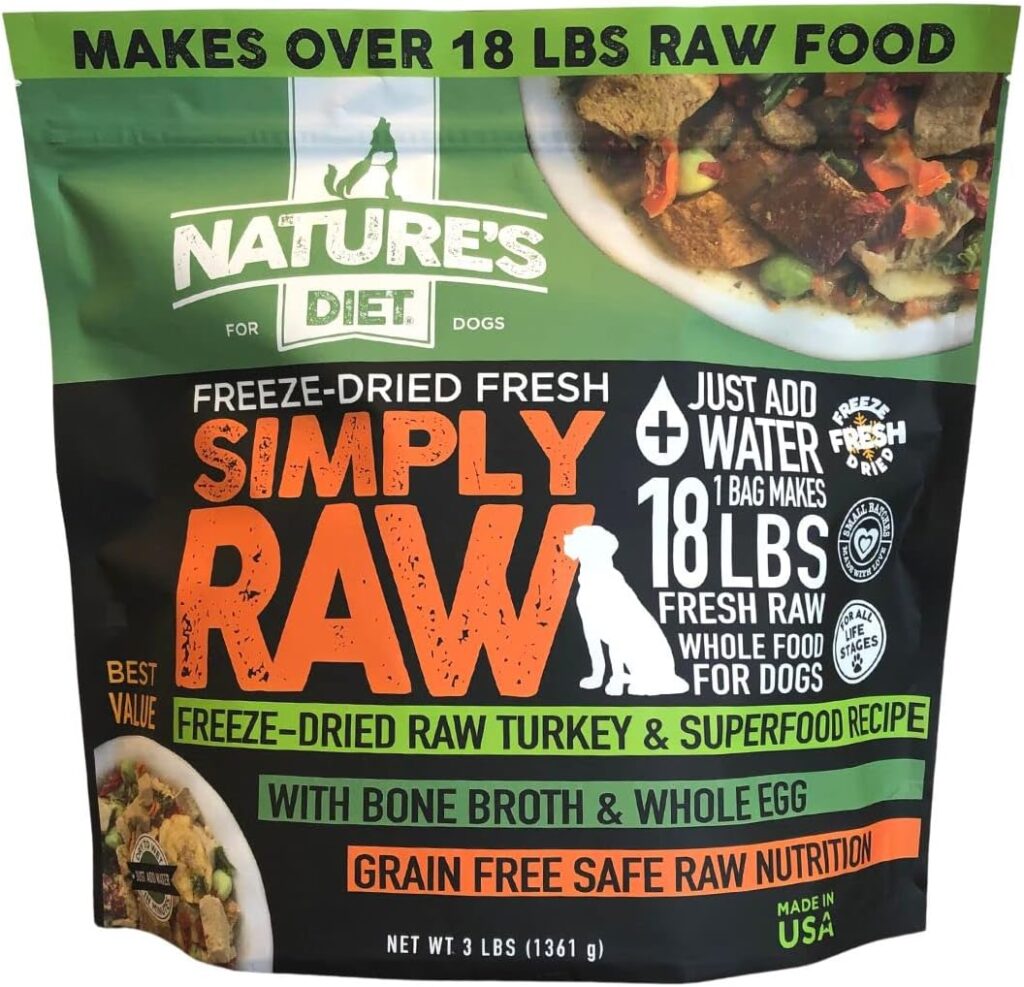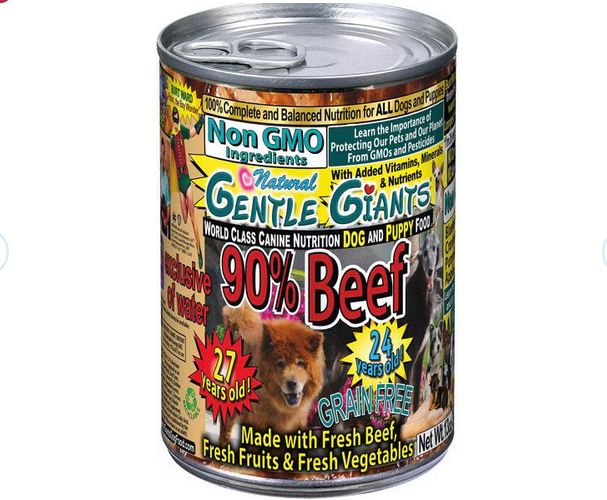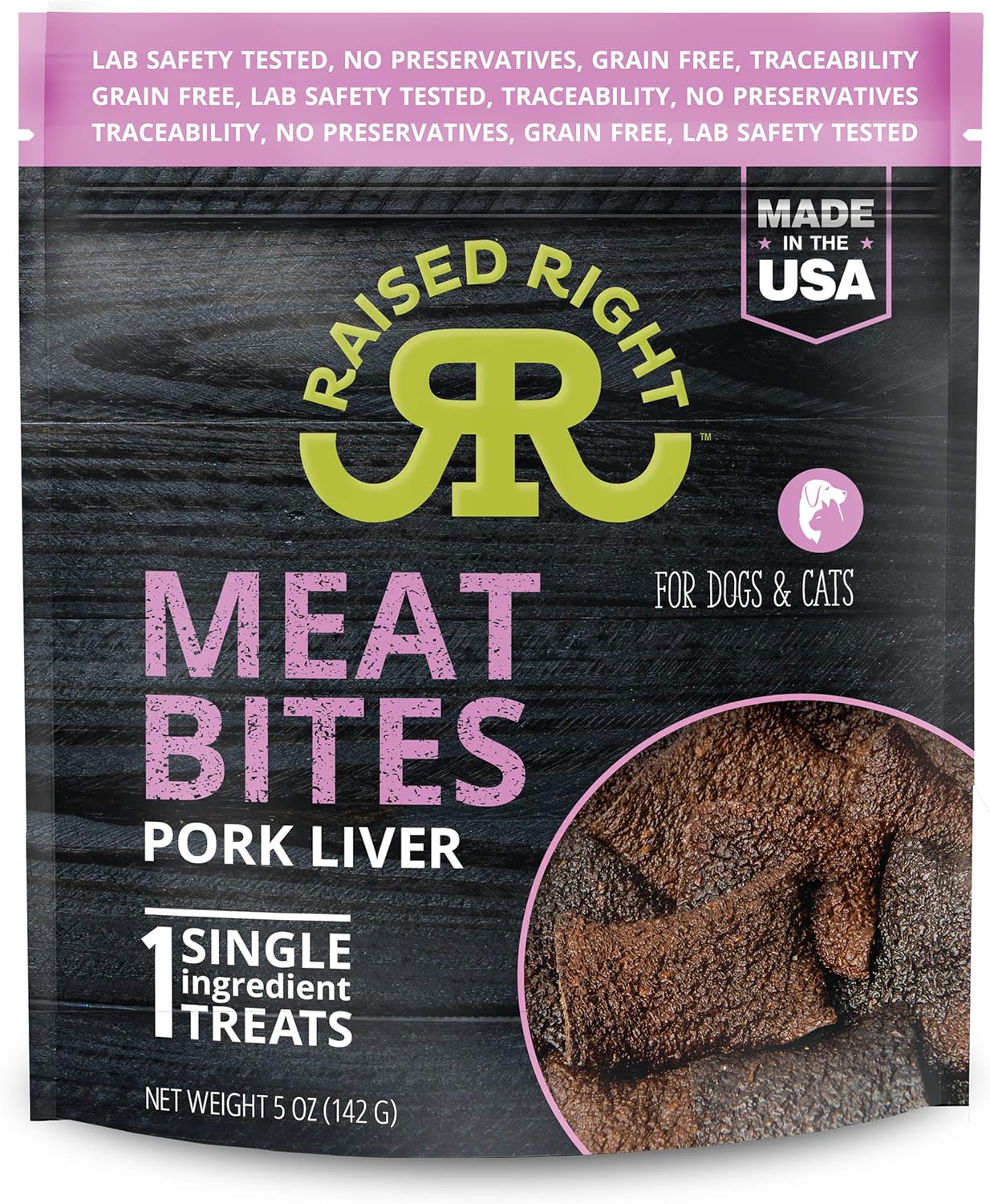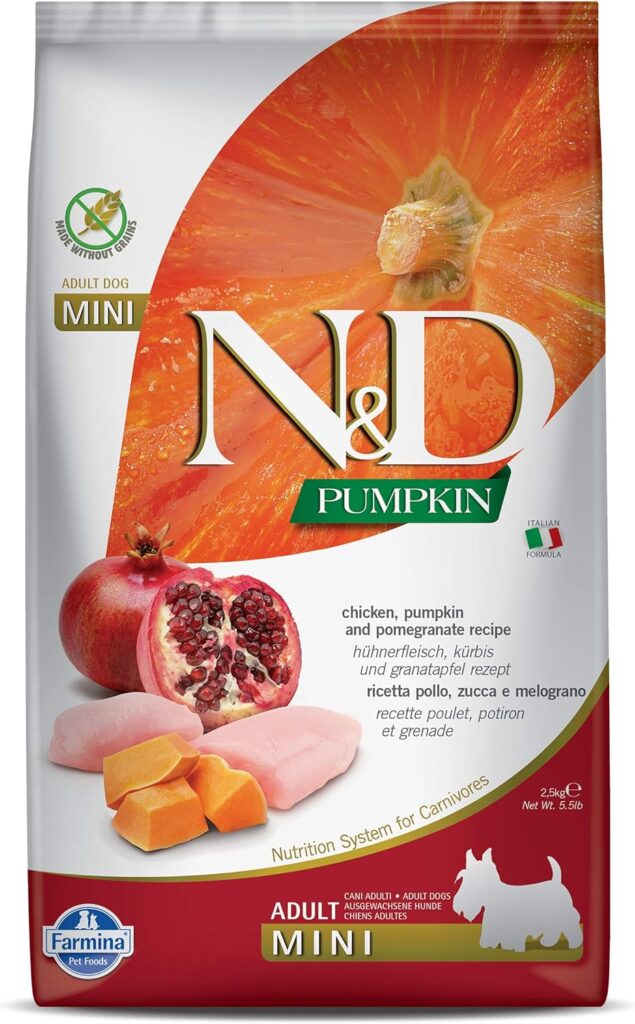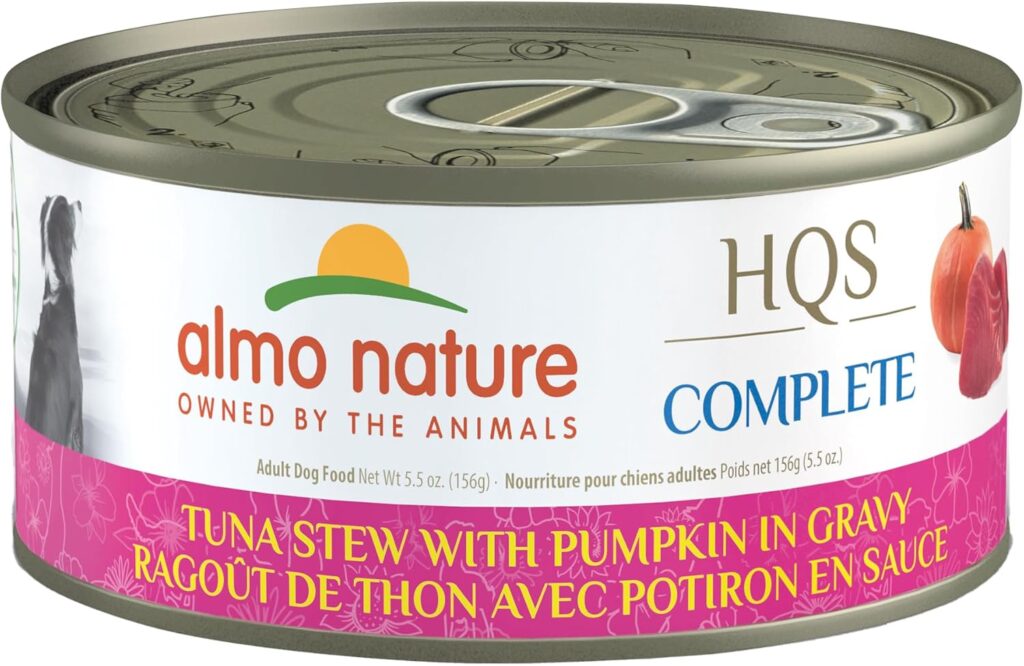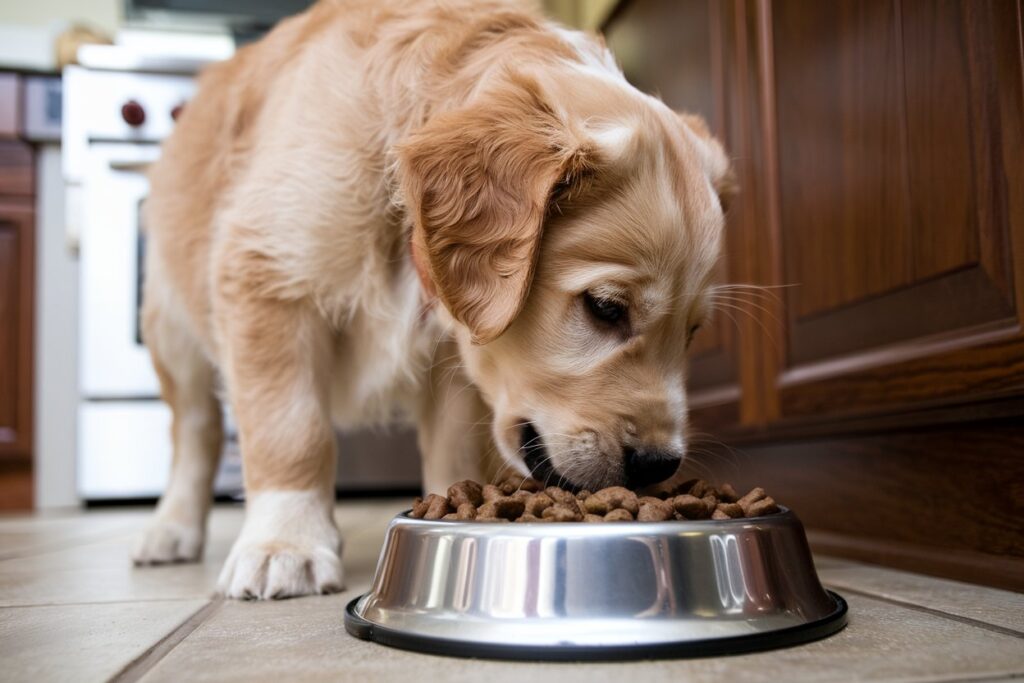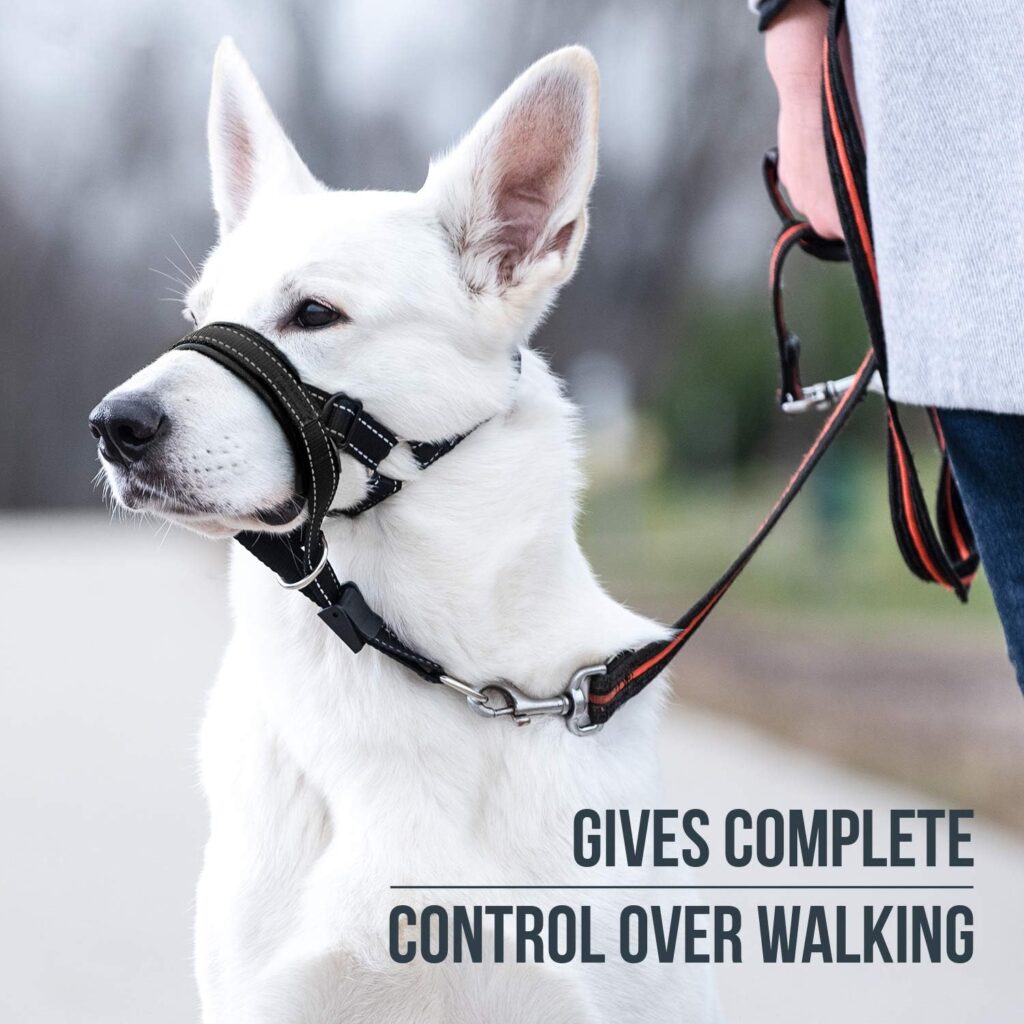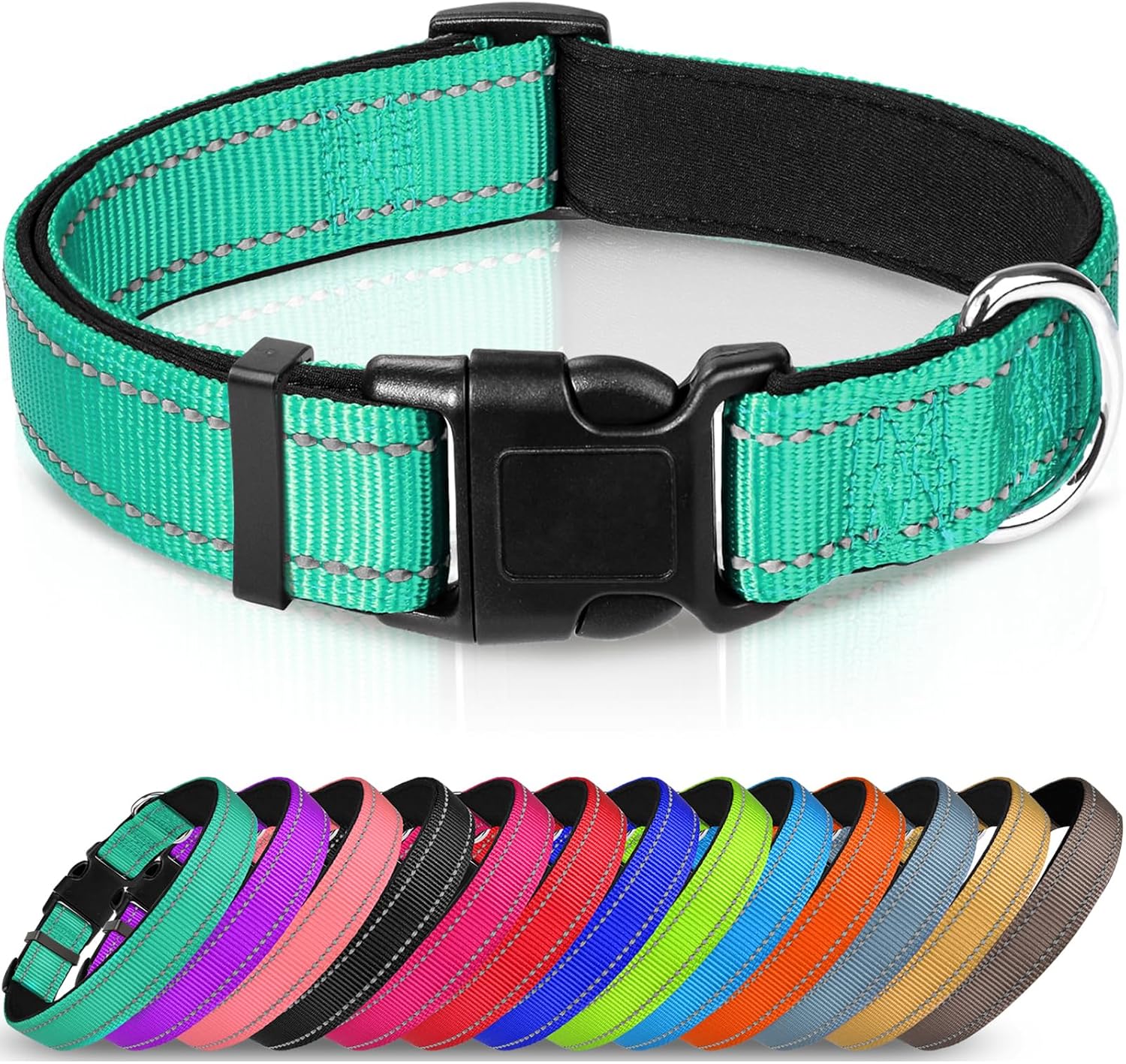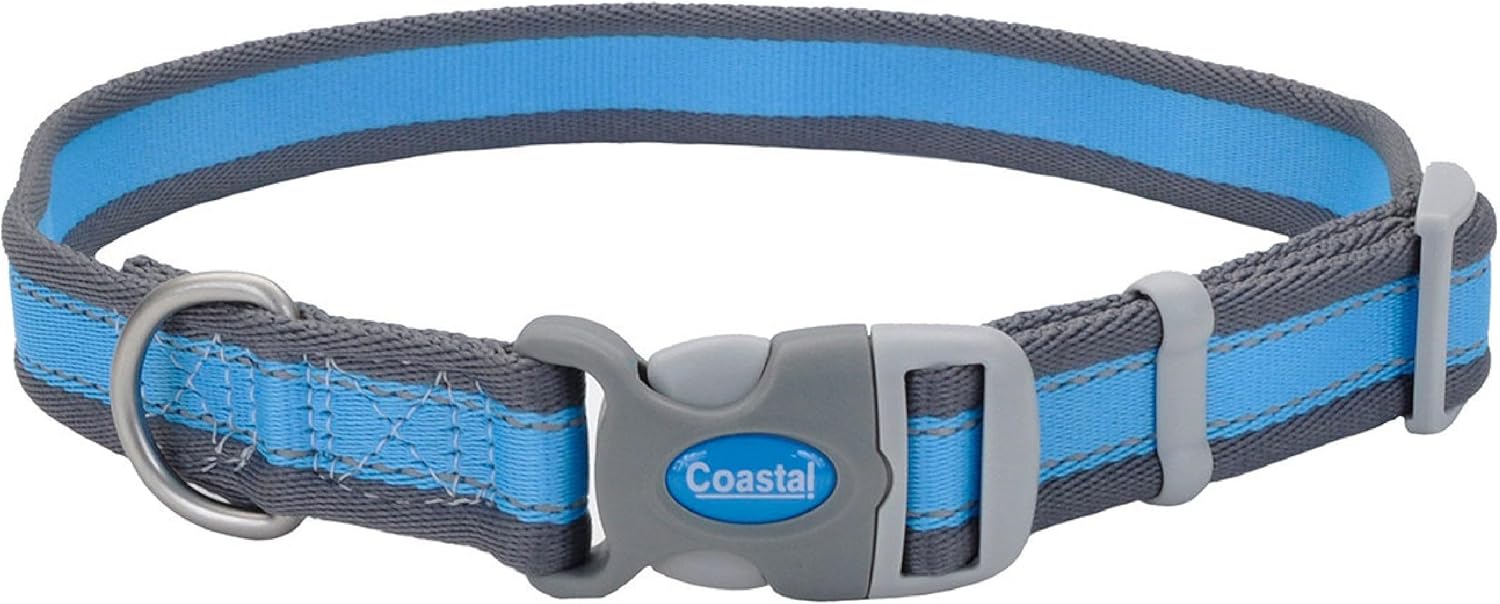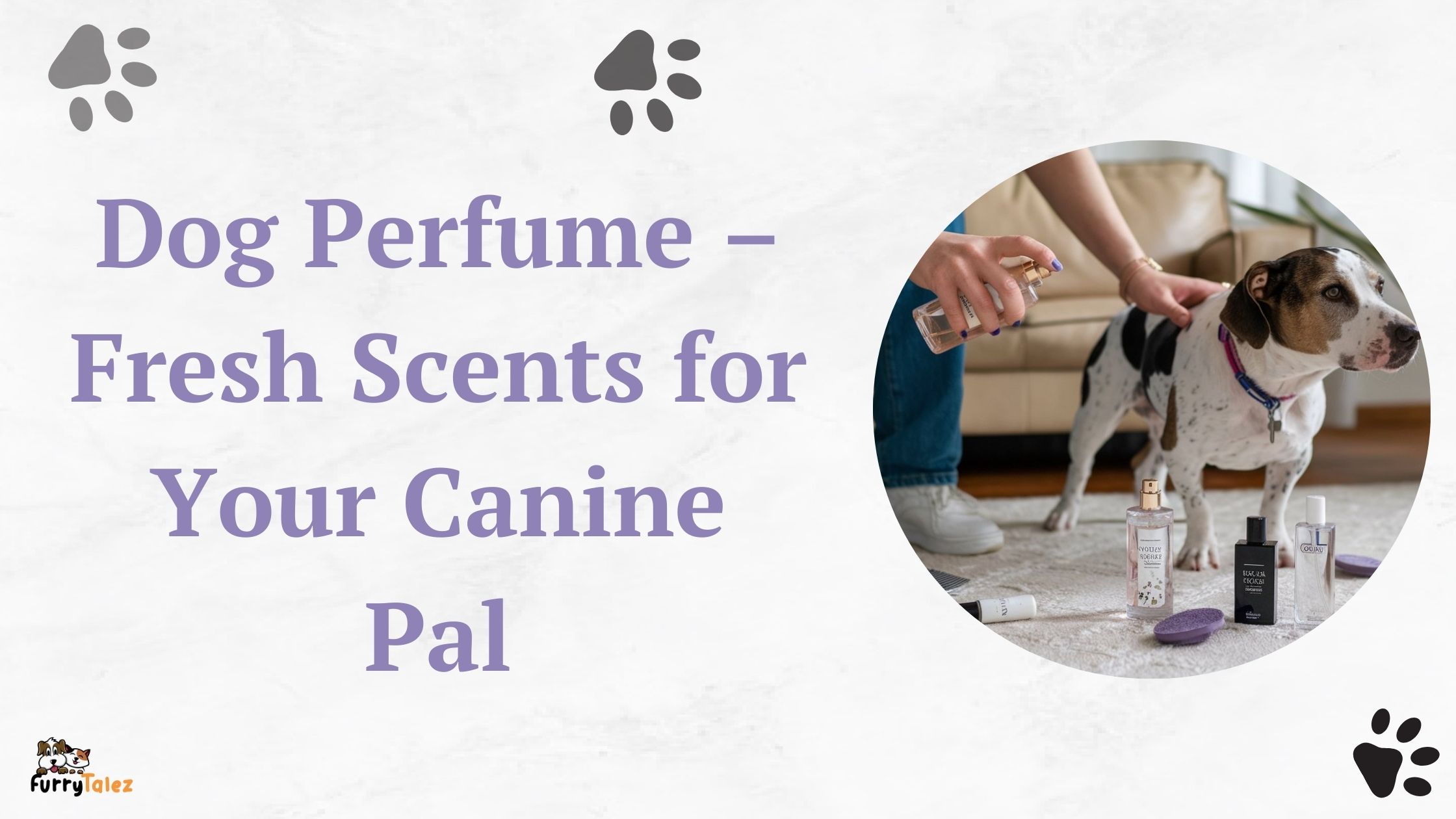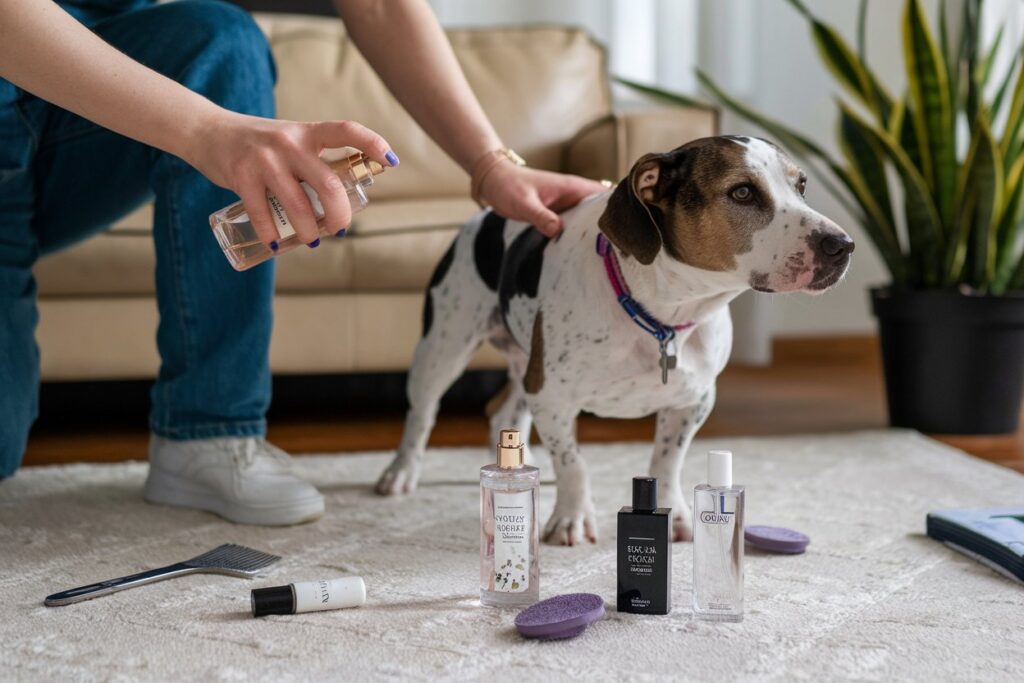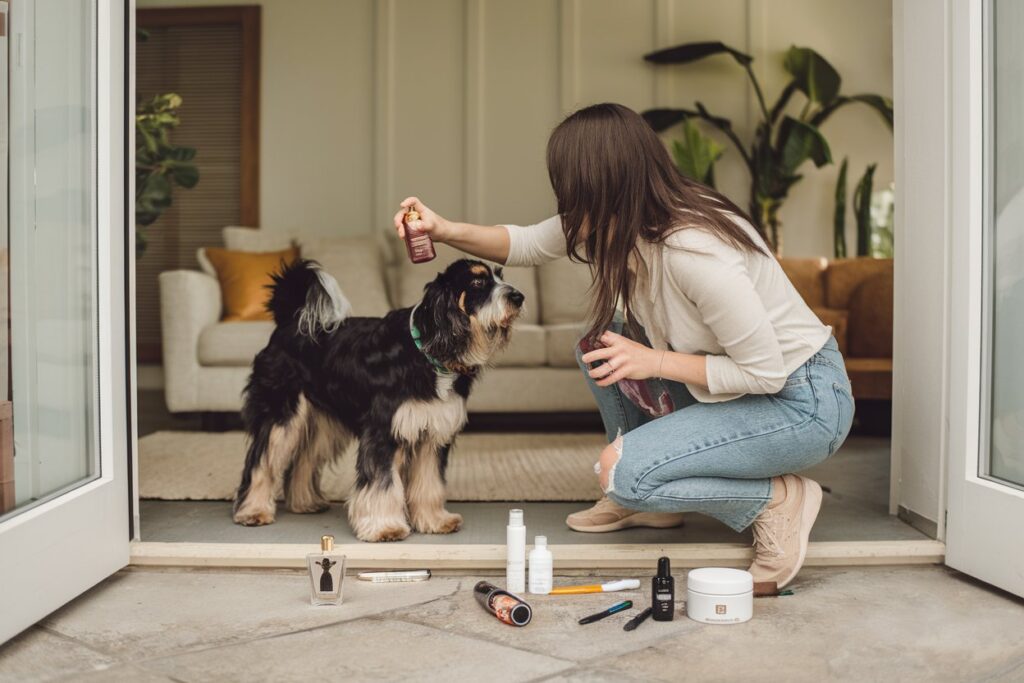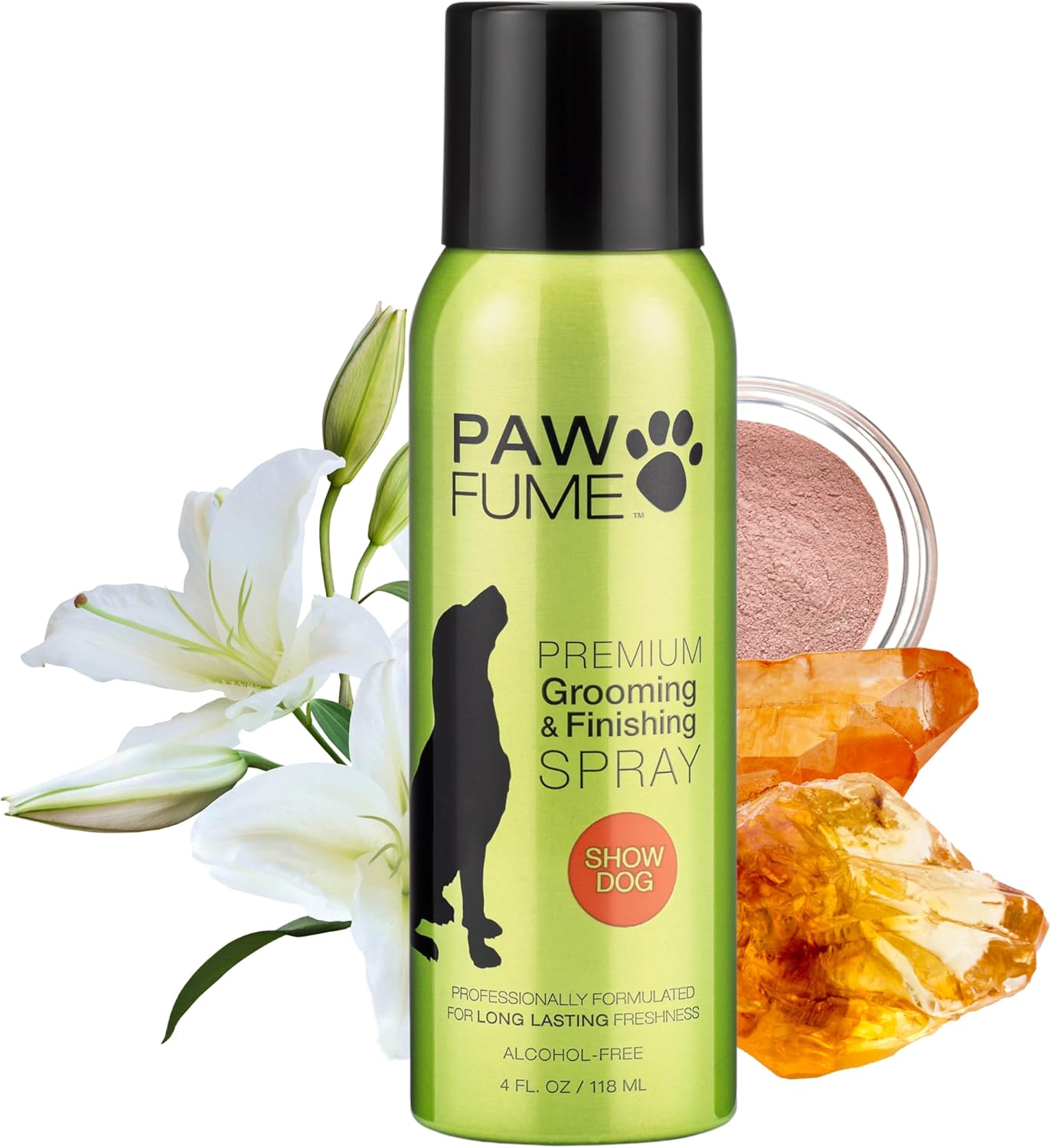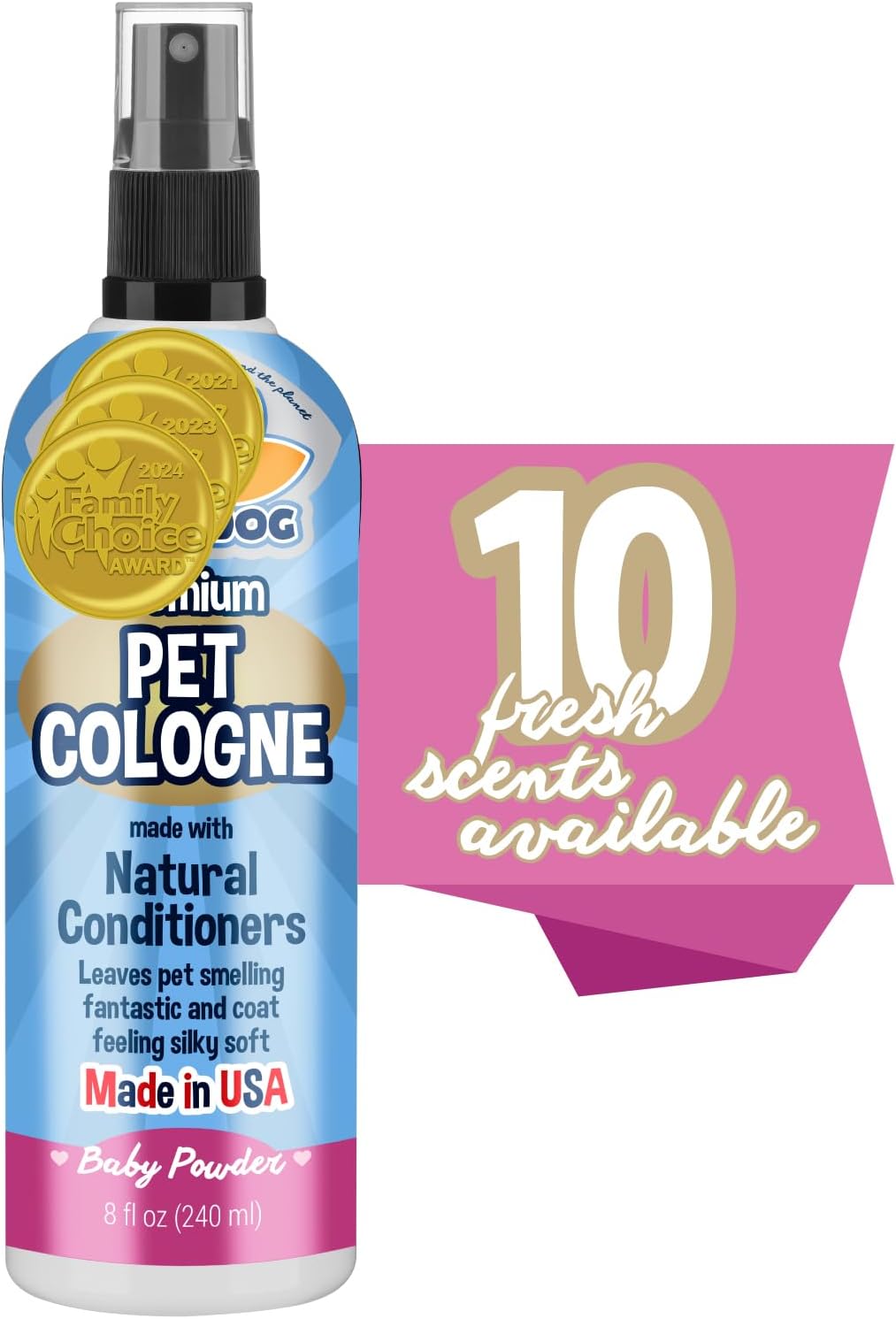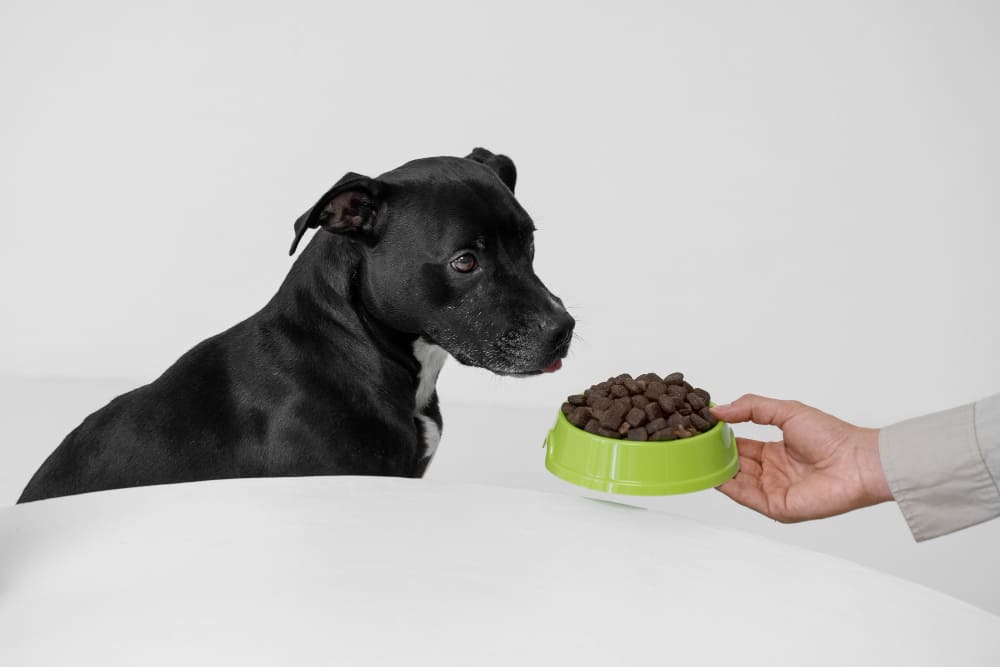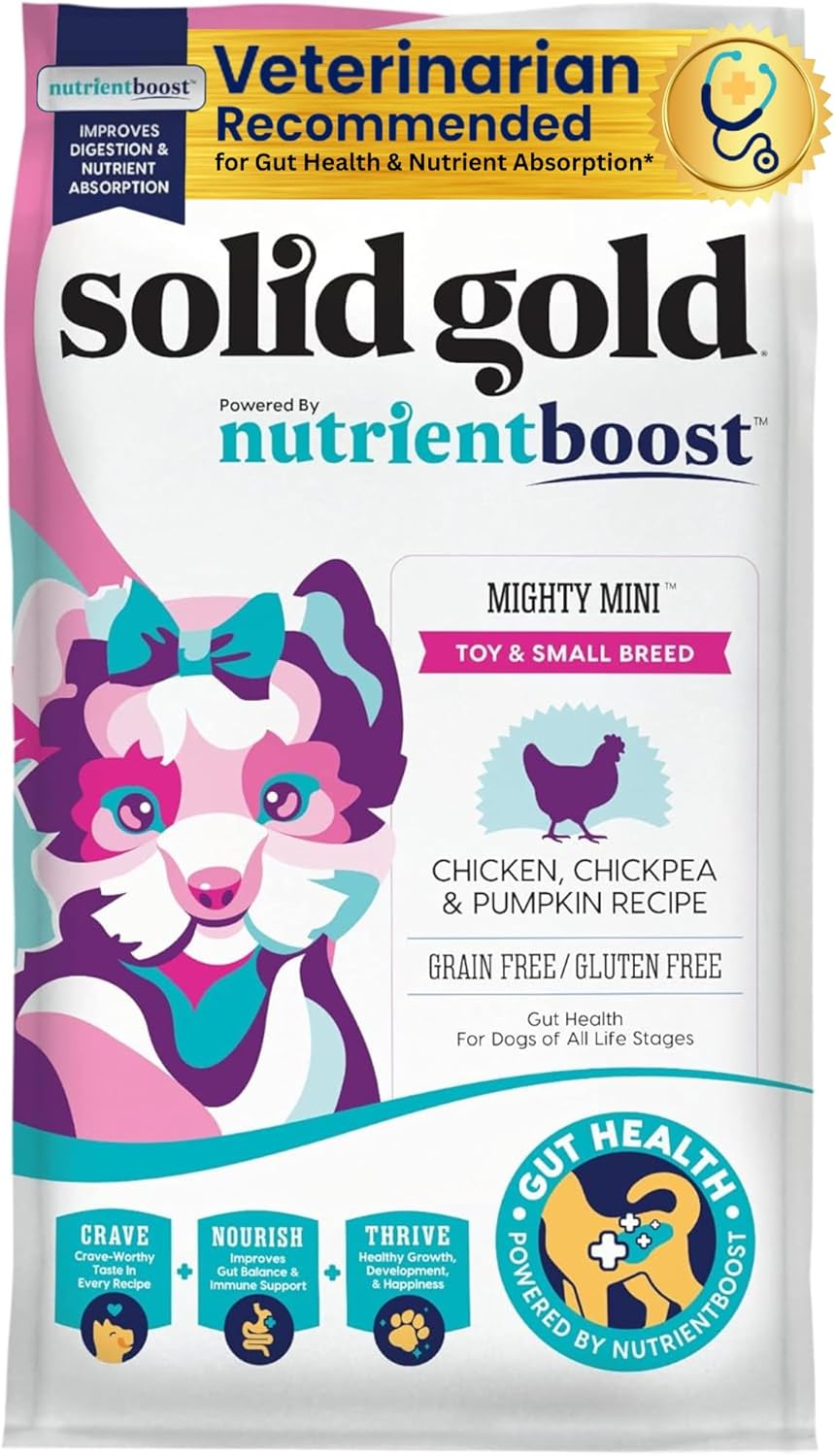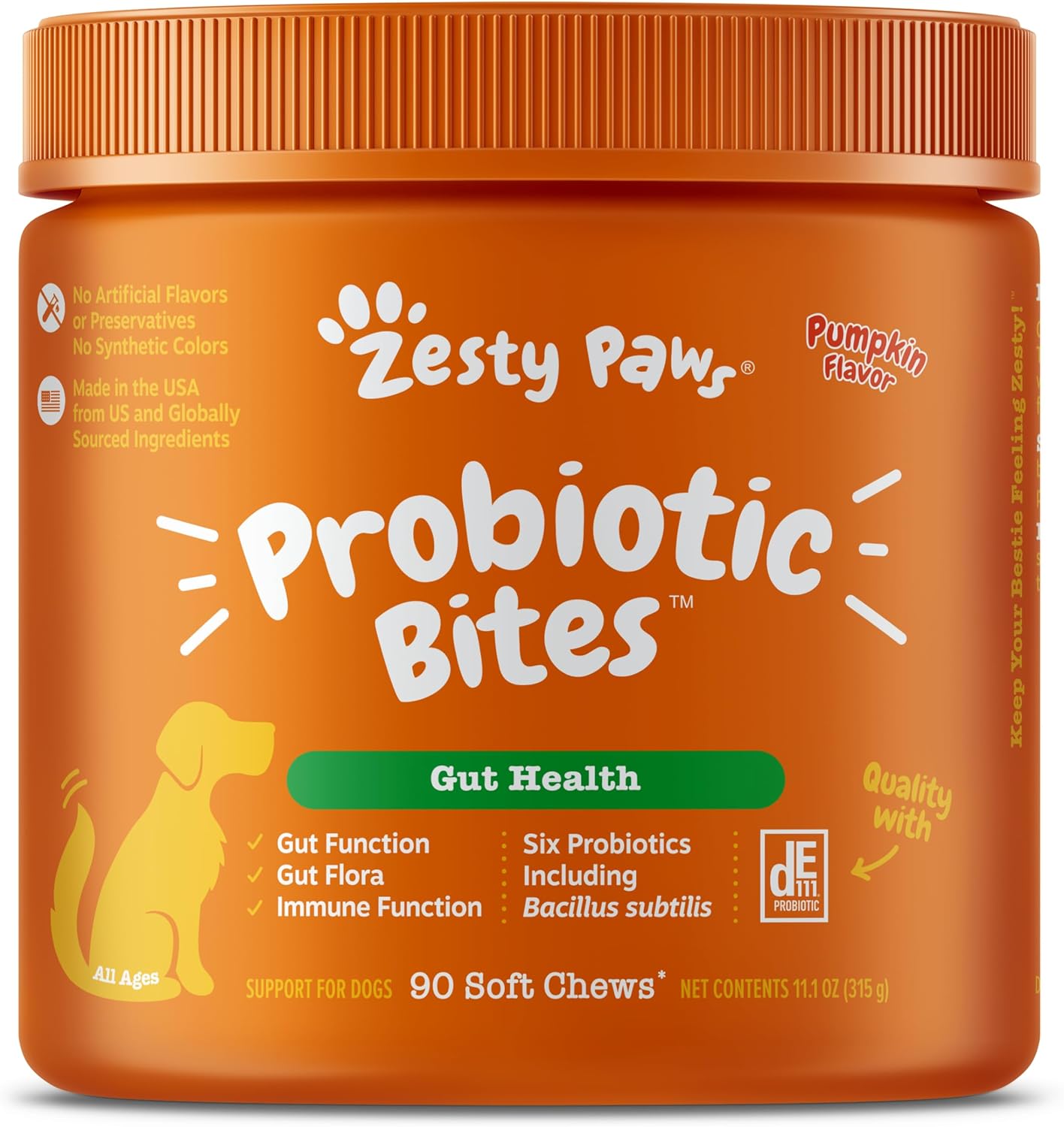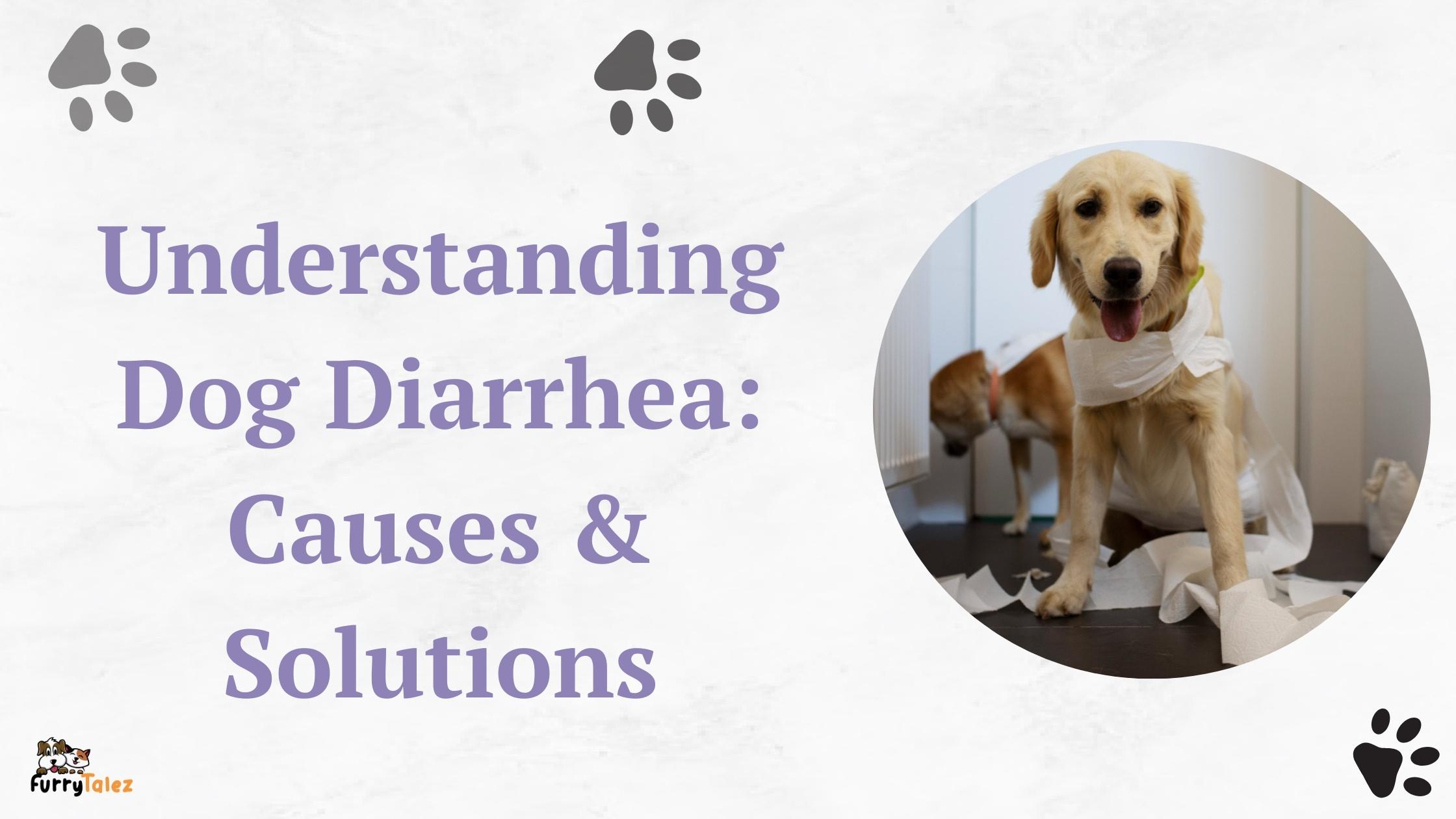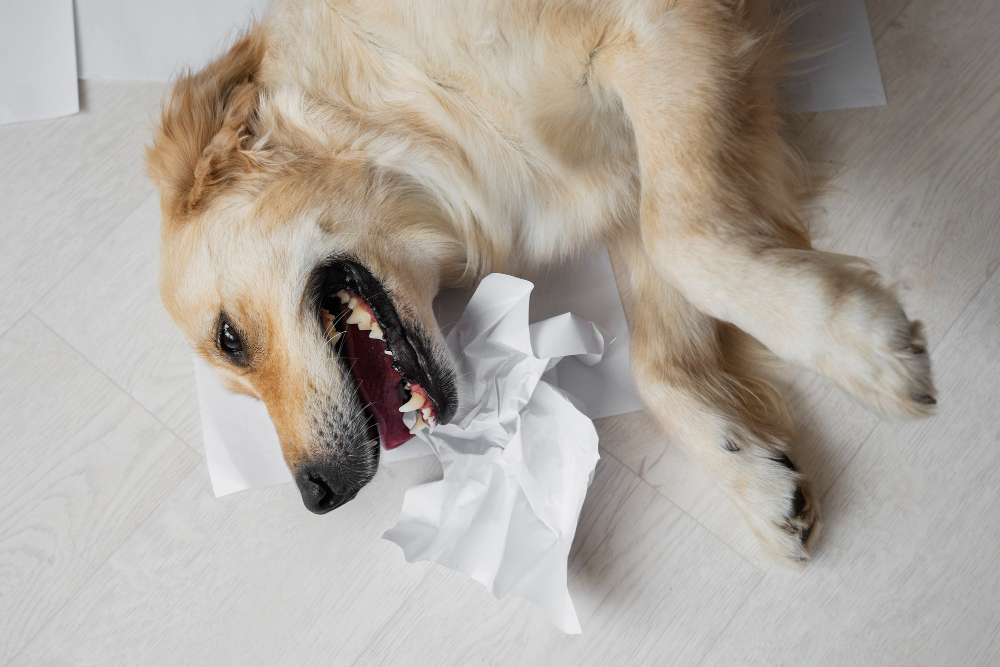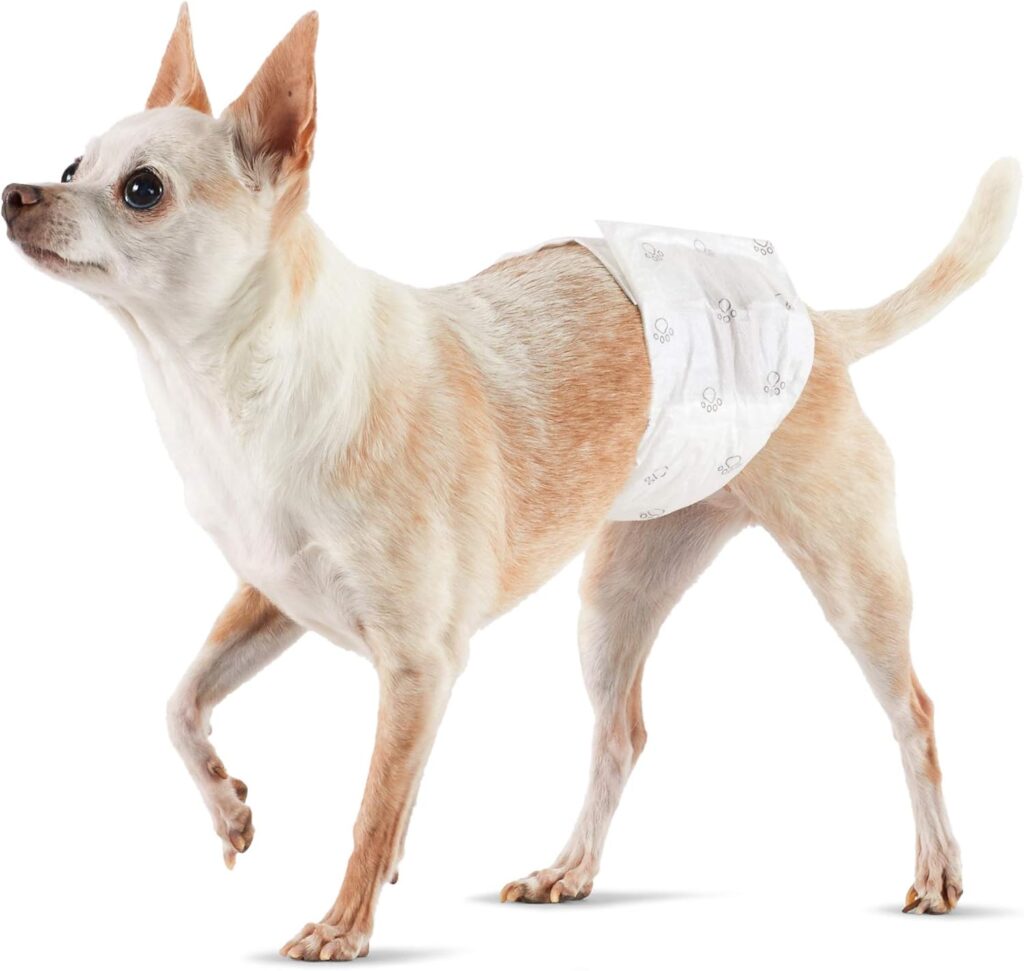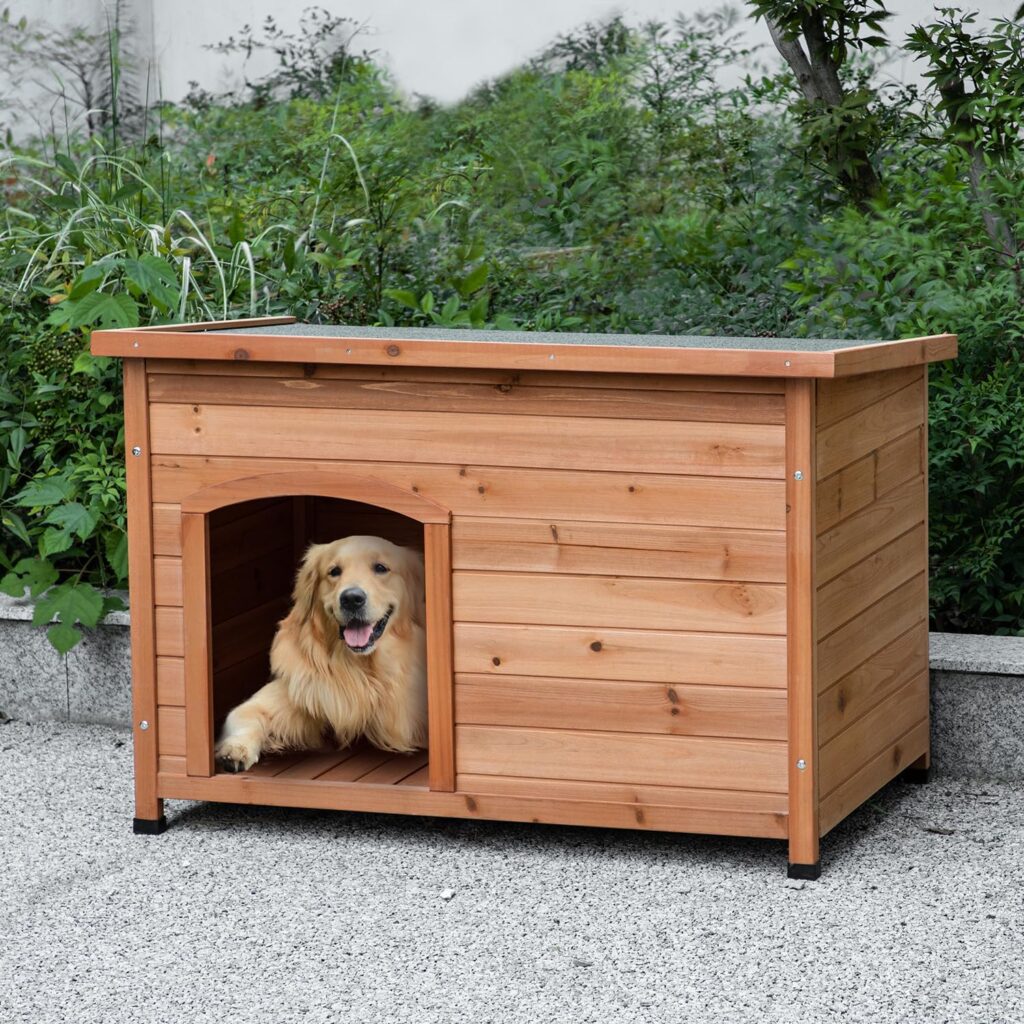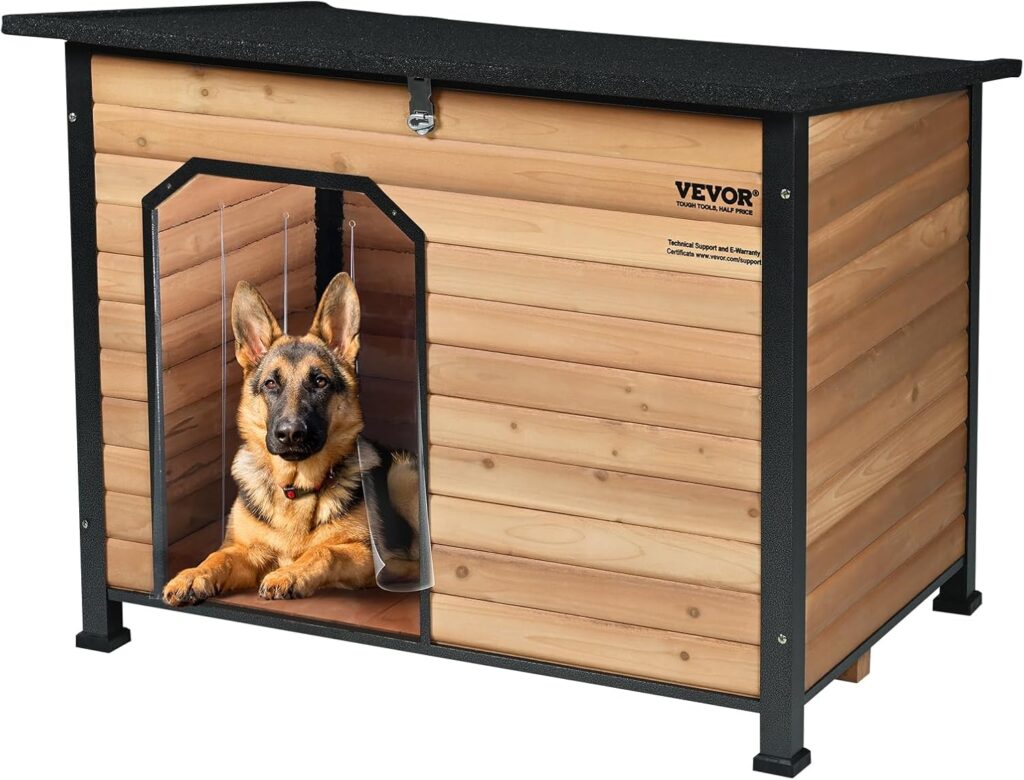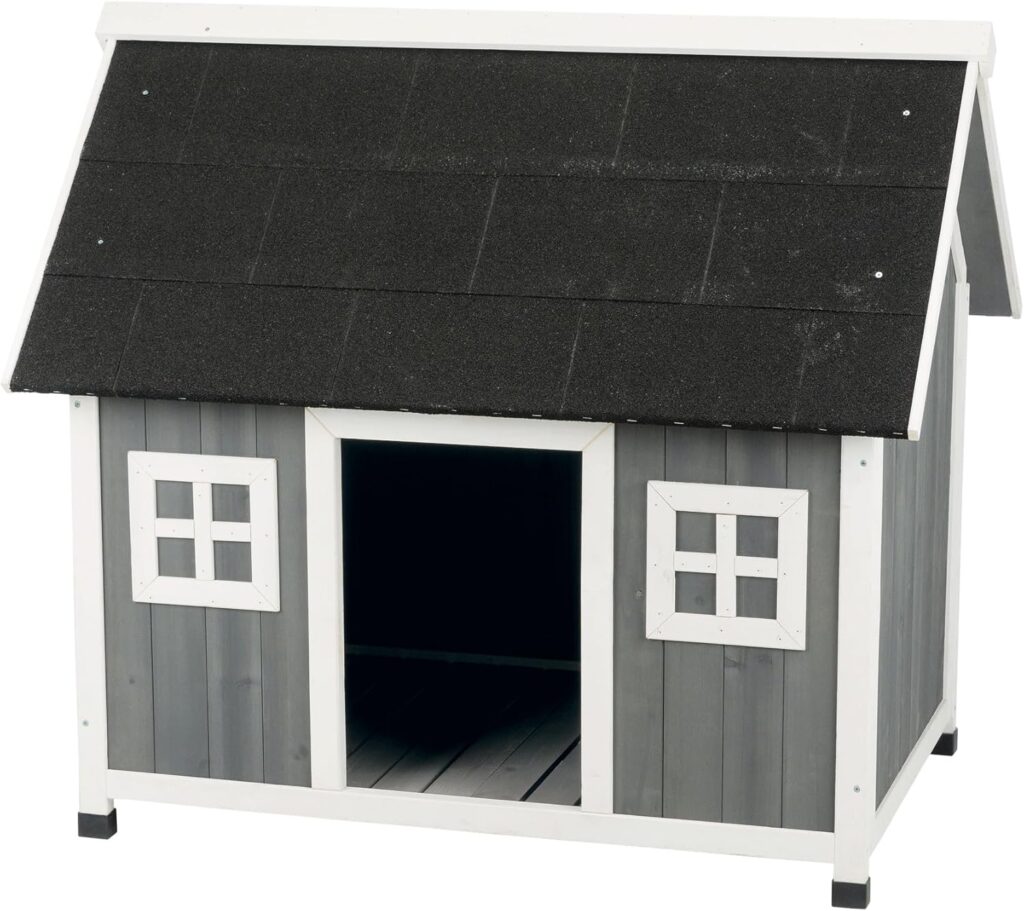Did you know that about 70% of cats get periodontal disease by three years old? This shows how important dental care is for cats. It’s key to keep their teeth clean to avoid pain and serious health problems.
Most dental issues in cats happen below the gum line. So, a good oral hygiene routine is crucial. Regular vet visits are also important. Experts say cats should see the vet at least once a year for dental checks and cleanings.
Starting dental care early can make a big difference. It helps keep your cat comfortable and healthy. This way, they can enjoy their later years without pain or discomfort.
Table of Contents
Understanding the Importance of Cat Dental Care

Cat dental health is very important. Dental problems can cause a lot of pain and affect a cat’s life quality. Many cat owners see big changes in their pets when dental issues are fixed.
Most cats over three have dental disease, but many don’t get dental checks. Dental disease can be gingivitis, periodontal disease, or tooth resorption. Cats don’t chew their food, so plaque and tartar build up fast. Regular dental care helps keep their teeth clean.
But, surprisingly, not many cats get dental cleanings twice a year. Many cats need this care. Dental exams should be part of a cat’s health plan. This way, dental problems can be caught early and treated.
Ignoring dental issues can lead to serious health problems. These include infections, weight loss, and ongoing pain.
| Dental Issue | Description | Potential Impact on Health |
|---|---|---|
| Plaque Accumulation | Sticky film of bacteria forming on teeth. | Can lead to gingivitis and periodontal disease. |
| Tooth Resorption | Common feline dental problem involving the breakdown of tooth structure. | May cause severe pain, leading to extraction. |
| Broken Teeth | Teeth can break due to chewing or trauma. | Risk of infection and chronic pain if untreated. |
| Periodontal Disease | Infection of the structures around teeth. | Can lead to tooth loss and systemic health issues. |
Preventive dental care is key for a cat’s long-term health. Using vet-approved dental products at home can greatly improve a cat’s oral health. Fixing dental problems makes cats more comfortable and happy.
Common Cat Dental Problems
Knowing about common cat dental issues is key to keeping your cat healthy. Cats, especially older ones, can face problems like plaque, gingivitis, and serious gum and tooth issues. Regular dental care can prevent or lessen these problems.
Plaque Buildup
Plaque is a sticky film of bacteria that forms on your cat’s teeth. If not cleaned, it turns into tartar, causing bigger dental problems. About 50% to 90% of cats over four years old have dental disease, mainly because of plaque. Brushing your cat’s teeth often can help keep their mouth clean.
Gingivitis and Periodontal Disease
Gingivitis is gum inflammation and a sign of poor dental health. It shows as swollen, red, painful gums that might bleed. If it turns into periodontitis, it’s irreversible and can lead to tooth loss. Regular vet visits can catch these problems early and stop them from getting worse.
Feline Odontoclastic Resorptive Lesions (FORL)
Feline odontoclastic resorptive lesions are a painful dental issue for many cats. It’s estimated that 30% to 70% of cats have tooth resorption. This starts inside the tooth and can cause it to break down. Spotting pinkish spots around the gum line can help catch it early for treatment.
How to Determine If Your Cat Needs Dental Care

Checking your cat’s dental health needs a careful eye and understanding small changes in behavior. Look for signs like bad breath, changes in eating, or not wanting to play. These can mean your cat has dental problems.
It’s key to have your vet check your cat regularly. Many dental issues are hard to spot without a vet’s help. Since 50% to 90% of cats over four have dental disease, regular vet visits are very important.
The American Animal Hospital Association says kittens and young cats should get dental exams at vet visits. By age three, about 70% of cats have gingivitis. Knowing the signs your cat needs dental care helps you get help early.
| Dental Condition | Percentage of Affected Cats |
|---|---|
| Gingivitis by Age 3 | 70% |
| Periodontal Disease by Age 6 | 85% |
| Dental Issues Overall | 10% will remain issue-free |
Being proactive in evaluating cat dental health can prevent serious dental disease. Regular dental care, including home cleanings and vet visits, is crucial for your cat’s health.
Signs of Poor Oral Health in Cats
Spotting dental problems in cats early can greatly improve their life. Owners should watch for cat oral health symptoms regularly. Ignoring these signs can lead to serious issues that are tough to fix.
Bad Breath
Bad breath is often the first sign of dental trouble. This smell can mean bacterial infections or gum disease. If your cat’s breath is really bad, see a vet to check their teeth.
Visible Tooth Discoloration
Tooth discoloration is another clear sign of dental issues. Healthy cat teeth are white and clean. Yellowing or dark spots mean plaque, gum disease, or tooth decay. A vet should check this quickly, as these problems can get worse.
Pawing at the Mouth
Behavioral changes can hint at dental problems. If your cat keeps pawing at their mouth, it might be in pain. Also, if they struggle to eat or chew on one side, it’s a sign of trouble. These cat oral health symptoms mean they need vet care fast.
| Sign | Possible Condition | Recommended Action |
|---|---|---|
| Bad Breath | Bacterial Infection, Periodontal Disease | Veterinary Consultation |
| Visible Tooth Discoloration | Gingivitis, Tooth Resorption | Veterinary Evaluation |
| Pawing at the Mouth | Dental Discomfort, Pain | Immediate Vet Visit |
Dental Care in Cats: Establishing a Routine

Keeping your cat’s teeth clean is key to their health. Brushing their teeth regularly helps prevent dental problems. Start brushing your cat’s teeth early to make it a habit.
Daily or twice-weekly brushing is best. This is because most cats over three have dental issues.
Adding dental treats, diets, and water additives can also help. These products fight plaque and tartar, common in adult cats. As cats get older, they might need more dental care.
Don’t forget to take your cat to the vet every 6-12 months. This helps catch dental problems early. Many cats get severe dental disease by four years old.
Simple steps like regular brushing and annual cleanings help a lot. They keep your cat’s teeth healthy for years.
Good dental care also strengthens your bond with your cat. It’s a big part of their health and happiness.
When Should Dental Care Start for Your Cat?
It’s important to start dental care for your cat early. This is especially true for kittens. They need to learn good oral hygiene habits from a young age. This helps prevent serious dental problems later on.
Kittens start getting their baby teeth when they are weaned, between 4 to 10 weeks old. They have 26 baby teeth by then. Early dental care can make a big difference in their health.
Introducing Dental Care to Kittens
When starting dental care for kittens, be gentle. This helps them feel comfortable with the process. Here are some tips:
- Start with finger brushes or soft cloths to clean their gums.
- Use toothpaste made just for cats that they’ll find tasty.
- Give them dental treats to help fight plaque and tartar.
Starting this routine early can help prevent periodontal disease. This disease often starts around three years old.
Annual Check-ups for Adult Cats
Adult cats need annual dental check-ups. By three years old, many cats show signs of periodontal disease. These vet visits are key for professional cleanings.
They help remove tartar that home care can’t. Regular vet visits also catch problems early. This ensures your cat stays healthy and happy for years.
Essential Products for Cat Dental Care
Good dental care for cats needs special products. These products help keep their mouths and teeth healthy. Using the best dental products can prevent plaque and gum disease.
Cat Toothbrushes and Toothpaste
Choosing the right toothbrush and toothpaste is key for daily brushing. Look for toothbrushes made for cats, like the Virbac C.E.T. Pet Toothbrush. It has a small head and an angled design for cleaning hard spots.
Use a toothpaste like Petsmile Professional Toothpaste. It’s VOHC-approved and stops plaque and tartar.
Dental Chews and Treats
Dental chews and treats are great for brushing. Feline Greenies Dental Treats are a favorite, with flavors like chicken, salmon, and tuna. They’re tasty and VOHC-approved, helping to reduce tartar.
These treats make dental care fun for your cat.
Water Additives and Oral Rinses
Water additives can boost your cat’s dental care. The Pet::Essential Healthymouth Water Additive is a good choice, approved by VOHC. It cuts plaque by over 85% when added to water.
It comes in many flavors, making it easy to mix dental care with drinking water.
| Product Type | Name | VOHC Approval | Key Feature |
|---|---|---|---|
| Toothpaste | Petsmile Professional Toothpaste | Yes | Prevents plaque and tartar buildup |
| Toothbrush | Virbac C.E.T. Pet Toothbrush | No | Angled head for easy access |
| Water Additive | Pet::Essential Healthymouth Water Additive | Yes | Reduces plaque by over 85% |
| Dental Treats | Feline Greenies Dental Treats | Yes | Tartar reduction and various flavors |
At-home Dental Care Tips for Cats
Keeping your cat’s teeth clean is key to their health. At-home dental care can prevent many dental problems. Start with regular brushing and dental chews for a complete routine.
Brushing Your Cat’s Teeth
Brushing your cat’s teeth is a top tip for brushing cat teeth. Start slow to make it a good experience. Use a cat toothbrush and toothpaste.
Brushing every day can help prevent gum disease. Be patient with your cat as they get used to it.
Using Dental Chews Effectively
Dental chews are great for your cat’s teeth. Products like Purina® Pro Plan® Crunchy Bites and Greenies™ help fight plaque. They also make your cat chew more, which is good for their teeth.
Make sure your cat has dental toys too. These toys help keep their teeth clean and healthy.
| Tip | Description |
|---|---|
| Brushing Frequency | Daily brushing is ideal, but aim for at least 2-3 times a week. |
| Toothpaste | Always use cat-safe toothpaste to prevent any health risks. |
| Dental Chews | Use approved dental chews that actively help reduce plaque and tartar. |
| Chewing Toys | Introduce dental toys that encourage chewing, aiding in dental care. |
| Positive Reinforcement | Reward your cat after brushing to create a positive association with dental care. |
Professional Dental Cleaning for Cats
Feline dental cleaning by a vet is key to your cat’s health. Knowing what happens during these visits prepares you and your cat. It makes the experience better for both.
What to Expect During a Vet Visit
At a vet visit, your cat’s teeth and gums will get a full check-up. This includes:
- Thorough physical examination of teeth and gums
- Use of X-rays to identify underlying issues
- Deep cleaning to remove plaque and tartar
- Assessment for any signs of periodontal disease
- Potential tooth extractions if advanced issues are detected
A dental cleaning for cats usually takes about 30 minutes. In this time, the team will make sure to clean every part of your cat’s mouth.
The Importance of Anesthesia in Dental Procedures
Anesthesia is key for a thorough cat dental cleaning. Before the cleaning, blood tests check if your cat can safely have anesthesia. This step is crucial for safety during the procedure.
Anesthesia lets vets do a detailed check of each tooth. It also helps them see if there’s gum bleeding or periodontal pockets. Since cats are more prone to oral infections, anesthesia is even more important. It helps keep your cat comfortable and allows for a full examination.
With regular dental cleanings every six months, you can lower the risk of serious dental problems in cats.
| Procedure | Time Required | Cost |
|---|---|---|
| Feline Dental Cleaning | Approximately 30 minutes | $179 |
| Preanesthetic Check | N/A | Varies |
Routine dental cleanings are crucial for your cat’s health. They help prevent serious dental problems later on.
How to Check Your Cat’s Oral Health
Checking your cat’s mouth regularly is key to their health. It involves both home checks and vet visits. Catching dental problems early is crucial.
Visual Inspections
Home checks can spot issues early. Look for signs like:
- Red or swollen gums
- Loose or missing teeth
- Visible tartar buildup
- Unusual drooling
- Tooth discoloration
Regular home care and these checks help keep your cat’s mouth healthy.
Regular Vet Visits
Vet visits are also vital for dental checks. Vets can:
- Do a deep clean to remove plaque and tartar
- Check for dental diseases like periodontal disease and tooth resorption
- Start treatment for dental problems
Annual vet visits are best. Cats with dental issues may need more frequent checks.
| Age Group | Check-Up Frequency | Common Dental Issues |
|---|---|---|
| Under 5 years | Every 1-2 years | Minimal issues expected, maintain preventive care |
| 5 years and older | Annually | Tooth resorption, periodontal disease |
| History of dental problems | More than once a year | Gingivitis, frequent tooth resorption |
Following these steps helps keep your cat’s mouth healthy. It improves their life quality.
Preventing Dental Problems in Cats
Keeping your cat’s teeth and gums healthy is key to their happiness. A good diet and habits are essential. A balanced diet helps keep their teeth and gums in top shape. Plus, good habits ensure they get the care they need.
Nutrition’s Role in Oral Health
The right food is vital for your cat’s dental health. A balanced diet helps keep their teeth clean. Here are some tips for their diet:
- Choose crunchy kibble to help remove plaque.
- Opt for food that’s good for their teeth, as vet groups recommend.
- Wet food with less sugar and more protein is also good.
- Dental treats can help clean their teeth as they chew.
Regular vet visits can give you specific diet advice to prevent dental problems.
Behavioral Tips for Encouraging Dental Care
Teaching your cat to enjoy dental care is important. Here are some tips to help:
- Use treats or praise when brushing their teeth.
- Begin with short brushing sessions and increase as they get used to it.
- Dental chews or toys can help clean their teeth and fight plaque.
- Make dental care a regular part of your daily routine.
By understanding how diet affects dental health and using these tips, you can prevent dental problems. This will greatly improve your cat’s life.
Understanding the Costs of Cat Tooth Extractions
Getting a cat’s tooth extracted can be expensive. The cost per tooth is usually between $50 and $130. Dental exams and cleanings add another $350 to $400. If your cat needs a specialist, the total can go up to thousands.
Several things can make feline dental surgery more costly. Issues like feline odontoclastic resorptive lesions or damaged teeth often require extractions. Signs your cat might need an extraction include bad breath, less appetite, and trouble chewing.
Here’s a look at what you might pay for cat tooth extractions:
| Procedure | Cost Range |
|---|---|
| Basic Tooth Extraction | $50 – $130 per tooth |
| Dental Exams and Cleanings | $350 – $400 |
| Presurgical Services | $100 – $400 (including X-rays and blood work) |
| Total Costs (Including Aftercare) | $500 – $1,150 |
Several factors can affect the cost. These include how many teeth need to be pulled, your cat’s overall health, and where you live. Anesthesia, medication, and hospital stay also add to the bill.
For many, getting dental insurance for pets is a good idea. For example, MetLife Pet Insurance covers dental costs for conditions like periodontal disease. This can help lower what you have to pay out of pocket.
To save money, regular dental check-ups and home care are key. Dental chews and treats can also help keep your cat’s teeth healthy.
Note: There might be affiliate links mentioned here. We may receive a commission if you purchase a product through an affiliate link. There is no additional charge for you. Please do your own research before making any online purchases.
Choosing the Right Dental Care Products for Your Cat
Choosing the right dental products for your cat is crucial for their oral health. Cats often face dental problems, especially as they get older. The right dental care can help prevent plaque and tartar, keeping your cat happy and healthy.
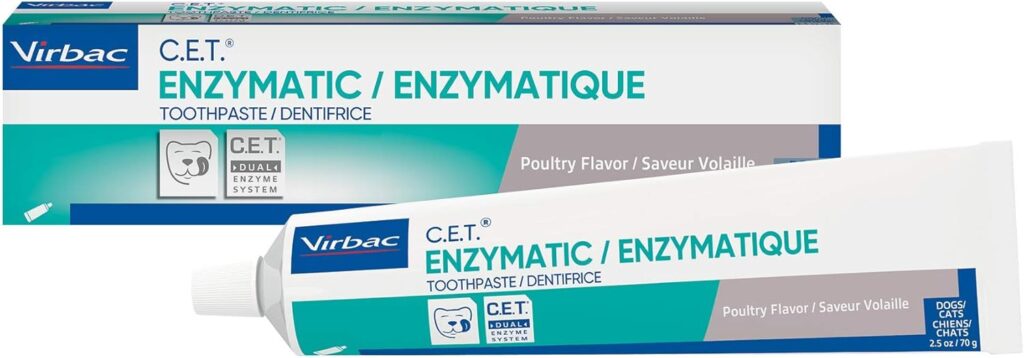
Top Brands Recommended by Veterinarians
Vets recommend several top brands for cat dental care. These brands have the Veterinary Oral Health Council (VOHC) seal of approval. This means they are effective in keeping your cat’s mouth clean. Some top picks include:
- Virbac Enzymatic Toothpaste
- PetSmile Professional Dog Toothpaste (safe for cats)
- Healthymouth Dental Gel
- ProDen PlaqueOff® as a dietary supplement
Safe and Effective Options
It’s important to choose safe and effective dental care for your cat. Using dental treats, water additives, and soft oral gels can make dental care easier:
| Product Type | Description | Benefits |
|---|---|---|
| Dental Treats | Treats designed to mechanically remove plaque as the cat chews. | Encourages chewing and promotes oral health; should be given in moderation. |
| Water Additives | Additives to be mixed in water to help reduce plaque. | Provides dental support conveniently. |
| Oral Gels | Applied to teeth and gums to enzymatically break down plaque. | Compliments other dental care methods effectively. |
Sticking to a dental care routine and using VOHC-approved products can greatly reduce plaque and tartar in cats. Regular vet visits and professional cleanings are also essential for good dental health.
Integrating Dental Care into Your Feline’s Routine
Adding daily dental care to your cat’s routine is key for their health. Start by introducing dental care slowly. Make it positive with treats or playtime. This way, your cat will get used to it and stay healthy.
Don’t skip dental care, as it can lead to serious problems. Issues like plaque and tartar can cause gingivitis and periodontal disease. These can harm not just the mouth but also the heart, kidneys, and liver.
Brush your cat’s teeth two to three times a week. Also, take them for regular vet check-ups. This keeps their teeth and gums healthy, making them happier and more comfortable.
Using dental treats and water additives can also help. If you notice bad breath or bleeding gums, see your vet right away. Every step towards good dental care is an investment in your cat’s health.
Disclaimer: The information provided in this article is for educational purposes only and should not be considered as a substitute for medical advice. Consult a registered Veterinary practitioner before using or trying any product suggested here in this article.
FAQ
How important is dental care in cats?
Dental care is key for cats to avoid big dental health problems. About 90% of cats over four years old will get dental issues. So, a good dental routine is vital for their health and happiness.
What are some common dental problems in cats?
Cats often face issues like plaque, gingivitis, periodontal disease, and FORL. These problems can cause serious health issues if not treated.
How can I assess if my cat needs dental care?
Watch for signs like bad breath, tooth color changes, and gum issues. Also, look for behaviors like mouth pawing or food dropping. Regular vet visits help spot hidden problems.
When should I start dental care for my kitten?
Start dental care early, around one year old. For kittens, use gentle tooth brushing and cleaning to build good habits.
What dental care products are recommended for cats?
Recommended products include toothbrushes, toothpaste, dental chews, and water additives. Virbac and Healthymouth are top picks for toothpaste and toothbrushes, and dental gels.
How often should I take my cat for dental check-ups?
Take your cat for dental check-ups at least once a year. More visits might be needed based on your cat’s dental health.
What signs indicate poor oral health in cats?
Poor oral health signs include bad breath, tooth color changes, and gum issues. Also, look for unusual behaviors like mouth pawing.
Are dental chews beneficial for my cat’s dental health?
Yes, dental chews help reduce plaque and tartar. They also satisfy your cat’s natural chewing urge. They’re a great part of dental care.
What can I do to prevent dental problems in my cat?
Prevent dental problems with a dental care routine. This includes brushing, dental treats, and a healthy diet.
What is involved in professional dental cleaning for cats?
Professional cleaning includes a detailed exam and cleaning, often needing anesthesia. Expect x-rays and deep cleaning for serious problems.
How can I choose the right dental products for my cat?
Choose products with Veterinary Oral Health Council (VOHC) approval. Look into brands like Virbac and Healthymouth, which vets often recommend.
How to make dental care a normal part of my cat’s routine?
Start dental care slowly and make it positive. This way, dental care becomes a normal part of caring for your pet, keeping their teeth and gums healthy.




